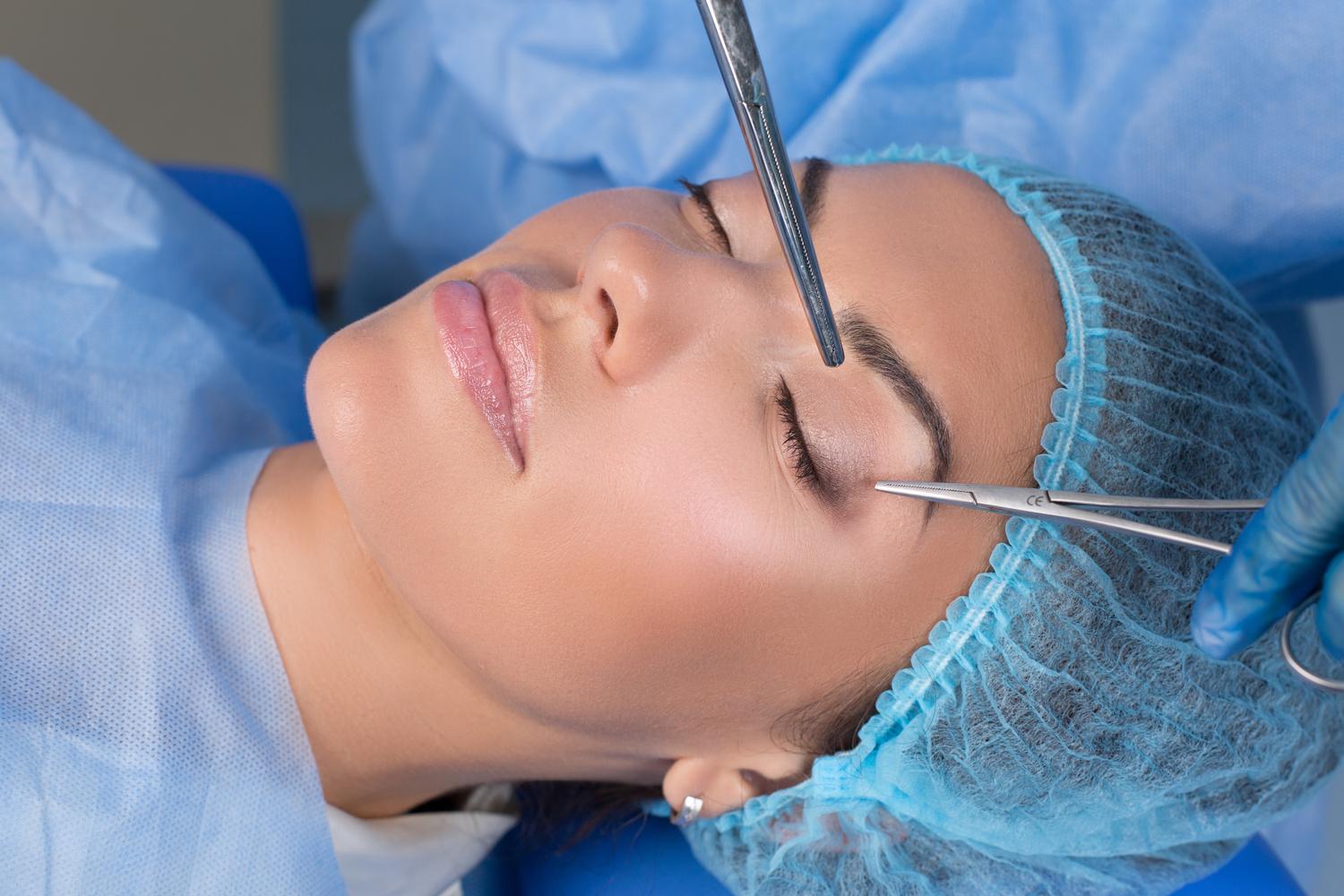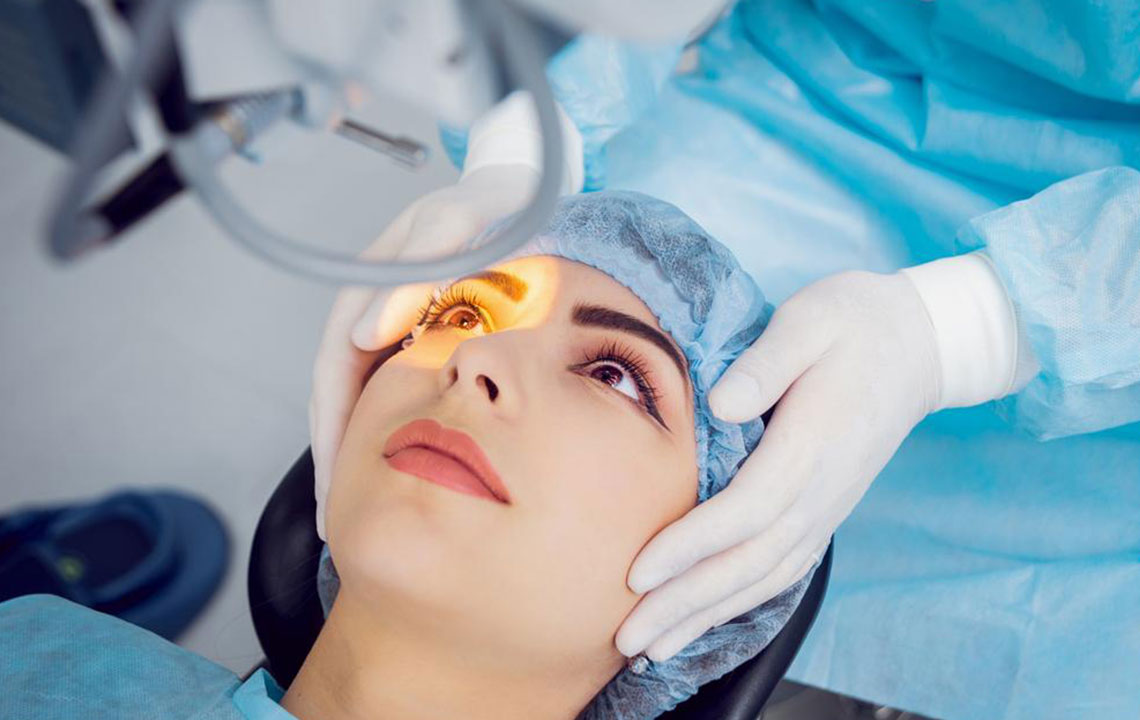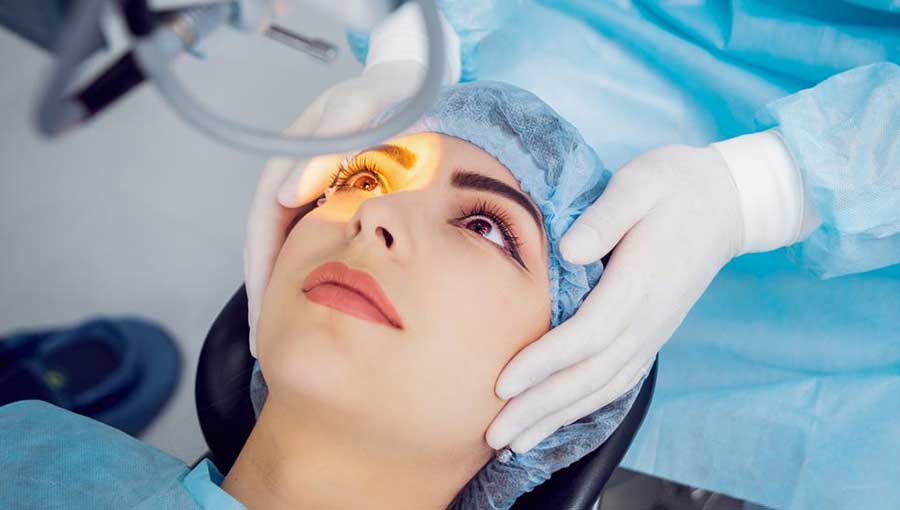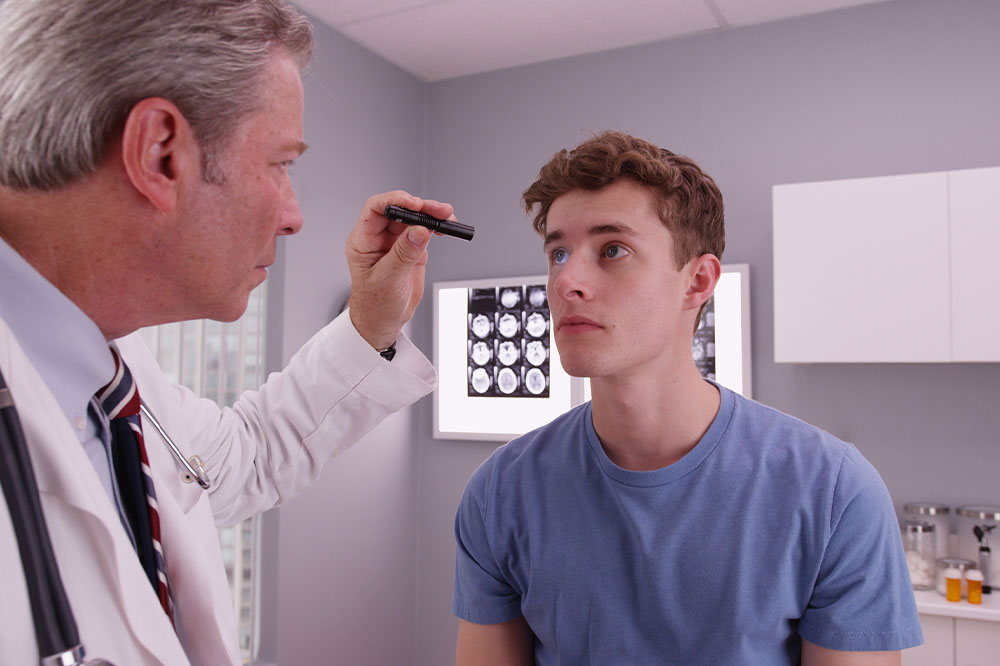The Ultimate Comprehensive Guide to State-of-the-Art Cataract Treatment Options
This comprehensive guide explores modern cataract treatment options, including dropless surgery and multifocal lenses. It details surgical procedures, costs, insurance coverage, and essential post-operative care to ensure successful recovery and optimal visual outcomes. Gain insight into the latest advances in ophthalmology and learn when to seek treatment for cataracts effectively.

Exploring Modern Advances in Cataract Treatment and Surgical Techniques
Understanding Modern Cataract Treatments and When to Seek Medical Attention
The human eye is an incredibly intricate organ responsible for capturing and focusing light onto the retina, which then transmits signals to the brain to produce visual images. As we age or due to other health factors, the lens inside the eye can become clouded by a cataract, leading to blurred vision, difficulty in seeing clearly, and sometimes even complete vision loss if untreated. Cataracts are a common eye condition, especially among the elderly, but thanks to significant advances in ophthalmology, they are highly treatable through modern surgical techniques. Recognizing the symptoms early and seeking prompt treatment can vastly improve quality of life and prevent permanent vision impairment.
In this detailed guide, we will explore the latest cataract treatment options, including innovative surgical techniques, personalized lens choices, procedural steps, costs involved, and post-operative care tips to ensure optimal recovery and long-term visual health.
What is Dropless Cataract Surgery and Why Is It Gaining Popularity?
The advent of dropless cataract surgery has revolutionized post-operative care by eliminating the traditional regimen of multiple eye drops.
In this approach, medications such as antibiotics and anti-inflammatory drugs are injected directly into the eye during the surgical procedure.
This injection occurs before the patient leaves the operating room, providing immediate and sustained medication delivery.
Dropless surgery reduces patient discomfort, minimizes the risk of missed doses, and simplifies recovery, making it particularly appealing for elderly patients or those with dexterity challenges.
Moreover, it can potentially improve compliance, leading to better healing outcomes and fewer complications.
Multifocal Lenses: Enhancing Vision Across Multiple Distances
Historically, patients undergoing cataract surgery received monofocal intraocular lenses (IOLs), which corrected vision at a single distance, necessitating glasses for other distances.
Recent technological innovations have introduced multifocal intraocular lenses, allowing patients to enjoy clarity at various distances — near, intermediate, and far — without glasses.
These advanced lenses utilize multifocal or accommodative technology to mimic natural lens flexibility.
However, not every patient is a candidate for multifocal IOLs, as factors like lifestyle, eye health, and existing refractive errors influence suitability.
Consulting an ophthalmologist can help determine if multifocal lenses align with individual vision needs and expectations.
Step-by-Step Overview of the Cataract Surgery Process
Preparation begins with the application of numbing eye drops or anesthetic injections, ensuring minimal discomfort during the procedure.
A mild sedative may be administered to help the patient relax.
Surgeons create small, precise incisions near the cornea using laser technology or traditional blades, providing access to the eye's internal structures.
Using advanced ultrasonic equipment, the cloudy lens (cataract) is carefully broken apart and gently aspirated from the eye.
A clear, artificial intraocular lens (IOL) is then inserted into the space vacated by the natural lens.
The incisions are usually self-sealing, eliminating the need for stitches.
Post-operatively, a protective shield may be placed over the eye, and patients are monitored briefly before heading home.
The procedure typically lasts less than 30 minutes and boasts a high success rate with minimal complications.
Cataract Surgery: Insurance Coverage and Cost Considerations
In many regions, Medicare and private insurance plans provide coverage for standard cataract surgery if certain medical criteria are met.
However, premium intraocular lenses, which offer multifocality or other advanced features, often incur additional out-of-pocket expenses.
Early intervention might entail higher costs initially but can prevent more severe vision loss and related health issues in the future.
Patients should discuss their insurance options and potential costs with their ophthalmologist or financial counselor to plan accordingly.
Understanding coverage details can help patients make informed decisions about the timing and extent of surgical intervention.
Post-Operative Care Tips for Optimal Vision Recovery
Adherence to prescribed eye-drop regimens is crucial to prevent infections and promote healing.
Patients should avoid water, soap, or foreign objects entering the eyes during the initial healing phase.
Wearing protective glasses and refraining from rubbing, pressing, or straining the eyes can significantly reduce complications.
Maintaining a clean environment, avoiding smoke and excessive heat, and refraining from strenuous activities can facilitate smooth recovery.
Regular follow-up appointments enable ophthalmologists to monitor healing progress and address any issues promptly.
Most patients experience improved vision within days after surgery, with full recovery typically within a few weeks.





